We appreciate it when our guests share their stories, comments and photos with us and allow us to post them on our blog. Recently, Steve Donaldson, from Calgary, Alberta, Canada, traveled with us on our Copper Canyon 8-day Independent Tour and wrote us this letter:
Hi Dave. We finished our Copper Canyon Tour a few days ago and I thought I would provide some feedback on our trip. First, thanks for setting it all up. Everything worked out great and we had an incredible experience. I will certainly recommend The California Native to others. Attached is a day by day run-down.
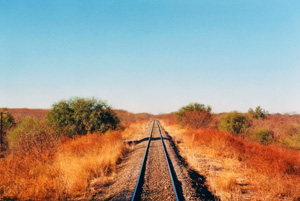
Day One
Taxi from Los Mochis airport to El Fuerte: We went to the taxi dispatch booth as recommended and secured a taxi to El Fuerte as you suggested. Excellent hotel and the staff were very accommodating which we enjoyed very much.
Days Two and Three
Check-out and transfer to the train worked well and the conductor had our tickets for the rest of the train ride.
We were met at the train station in Bahuichivo by Hugo from Paraisio del Oso.
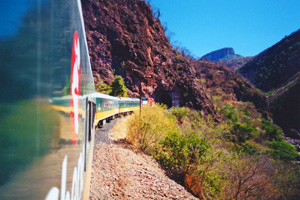
His English is perfect and he was very helpful and informative our entire stay at the lodge. Hugo suggested we hike up to Yogi Bear, it was great. Back down then into town where we had some wine at the Hotel Mission.
As I said, Hugo was great and very helpful and informative our whole stay. We had a great trip into Urique then a hike to the caves with his nephew and the next morning a horseback ride.
Day Four
All transfers worked out great and our room at the Best Western Lodge in Creel was excellent. A great example of rustic appearance with added amenities such as internet and even TV (even though we didn’t need TV it was a nice addition). We were also introduced to our guide by Salvadore from S&G Tours for the next day tour.
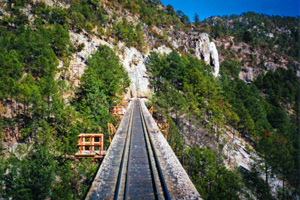
Day Five
Martin from S&G picked us up at 0930 and we were off on the tour. He was very accommodating to our needs and was helpful and we saw all the key sights – waterfall, lake, mission, Valley of the Monks, and caves.
Day 6
Check-out, train transfers and check-in to Mirador all worked out great. Hotel Mirador lives up to the pictures. I took two great hikes for a couple of hours, unguided, and loved it. Dinner was excellent.
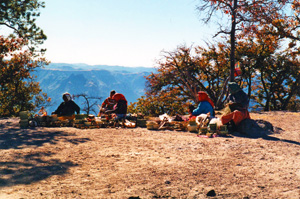
Day 7
Great breakfast and lunch. Had time for a couple of great hikes – not a cloud in the sky. Check-out seamless as was the transfer to the train. The staff at Mirador were excellent and very professional.
Again, thanks for making it happen and especially for your flexibility in our tour modifications and the personal contact to arrange everything.
Steve Donaldson
Calgary, AB, Canada

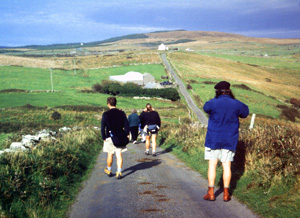
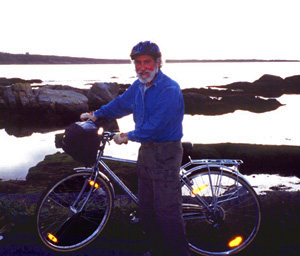
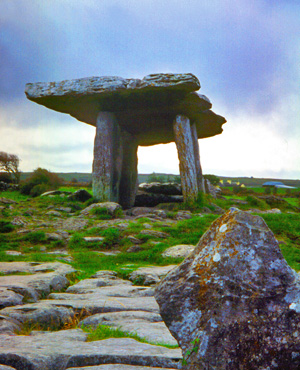
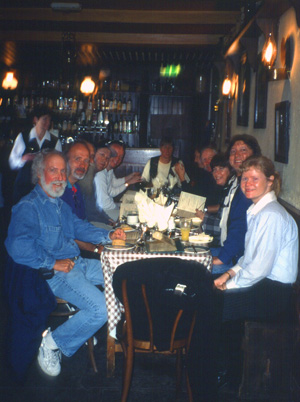
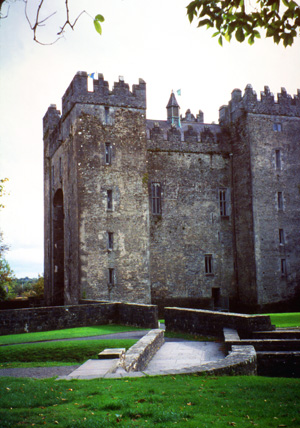
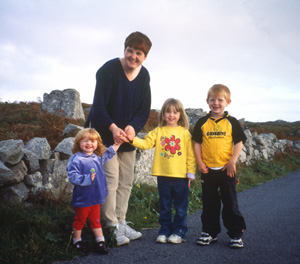
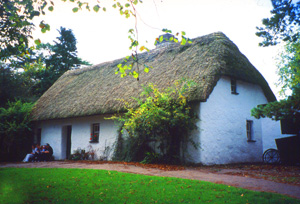
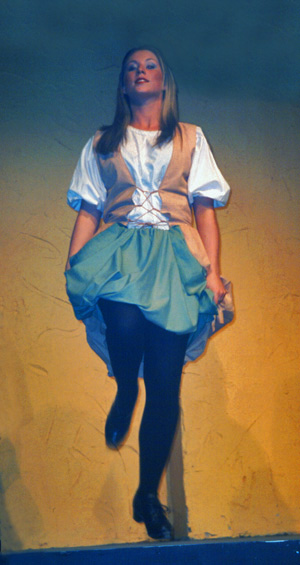
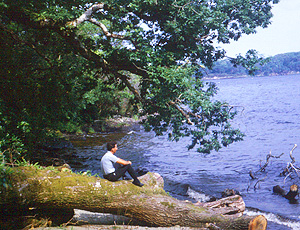
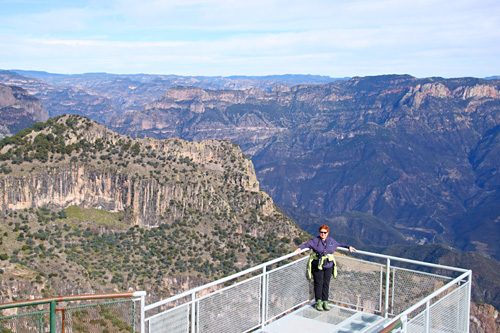
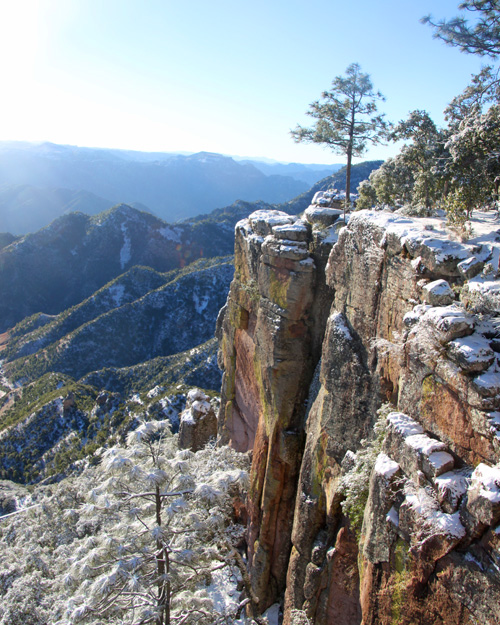
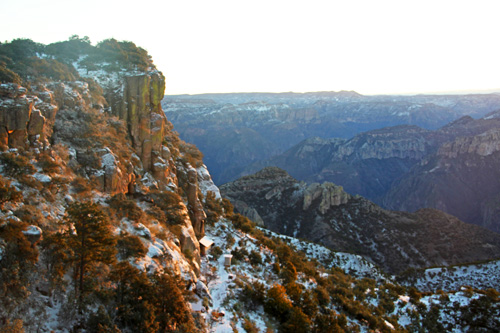
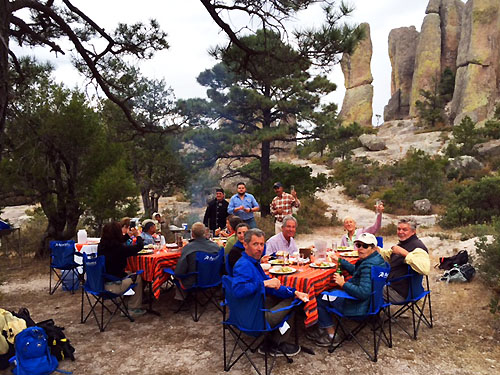
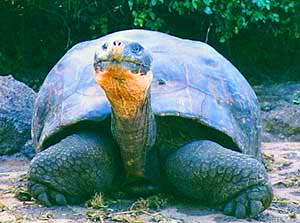
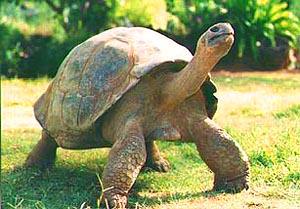
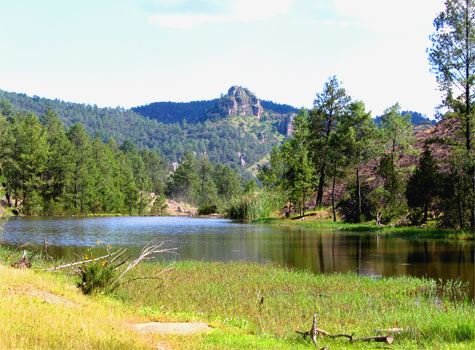
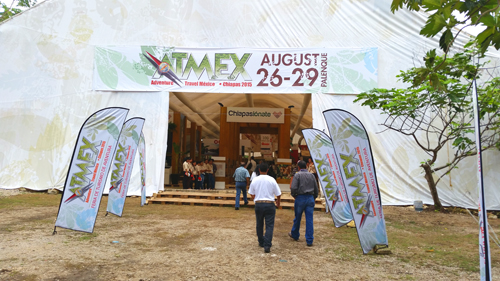
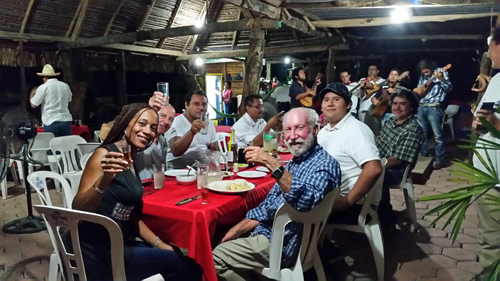
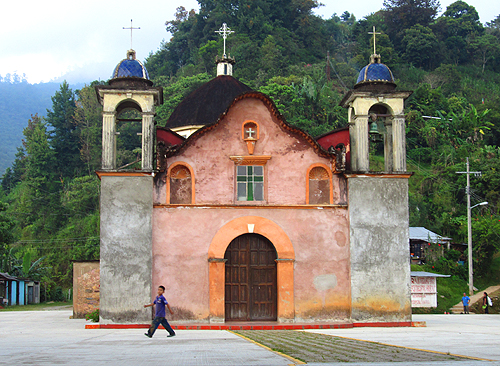
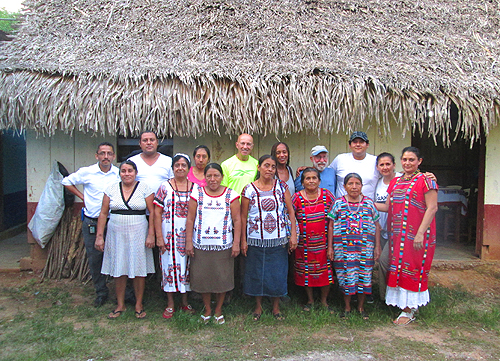
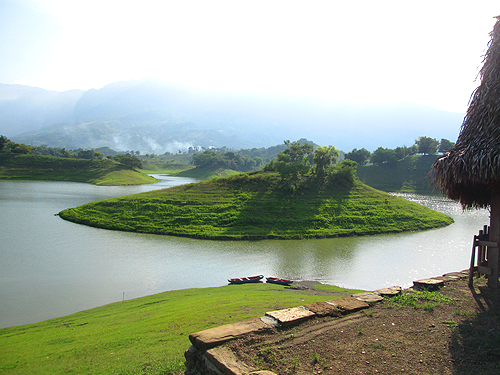
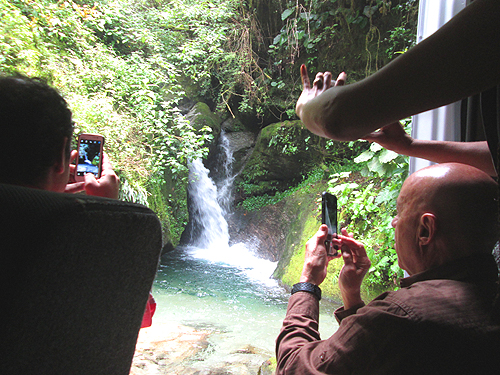
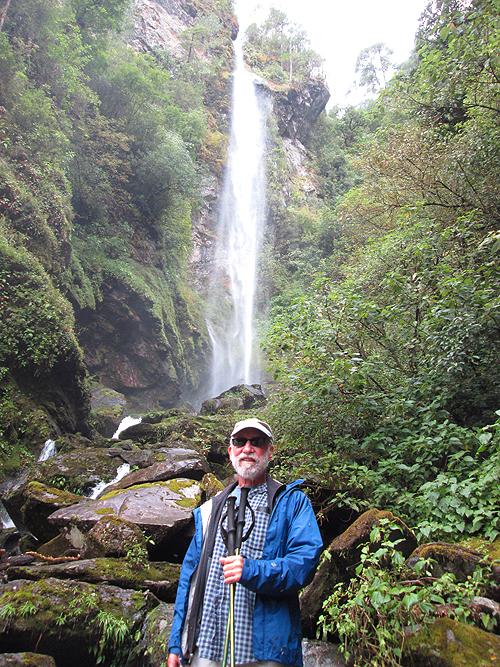
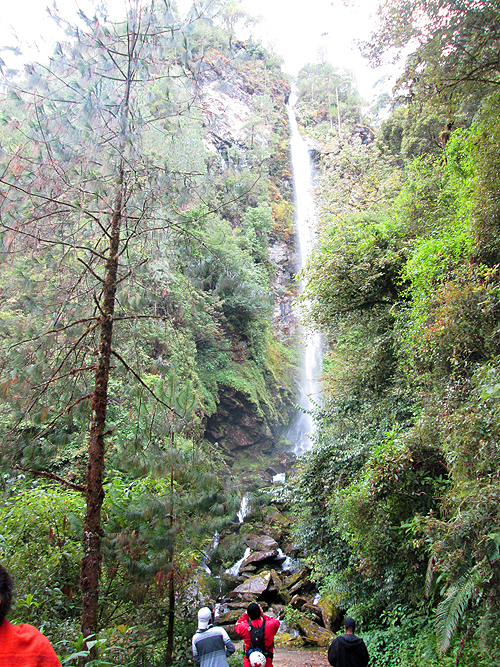
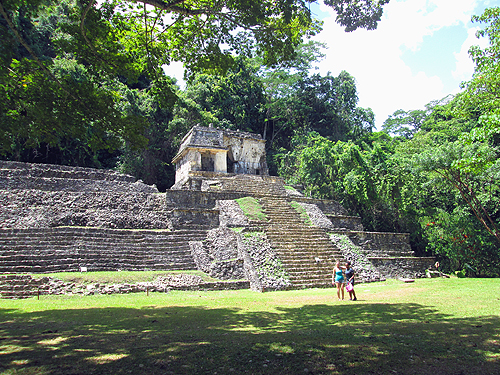
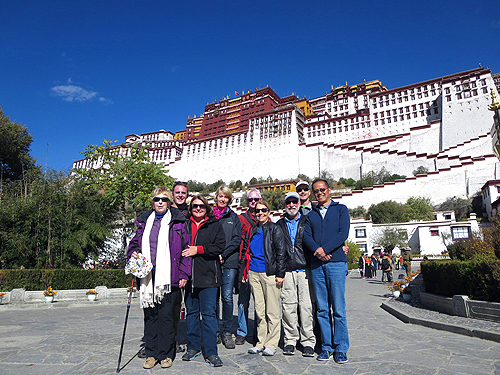
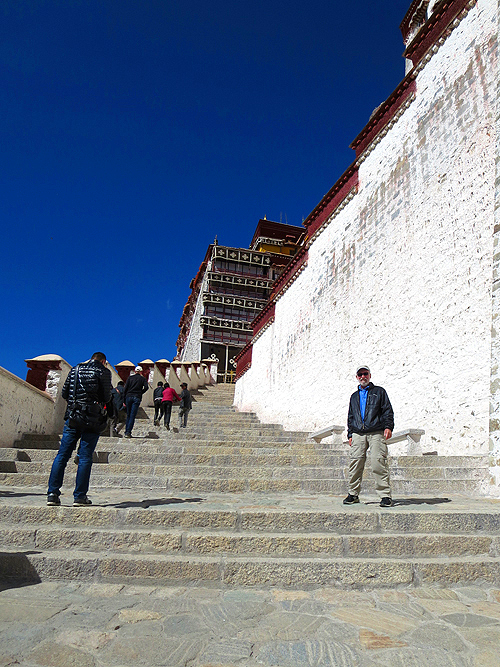
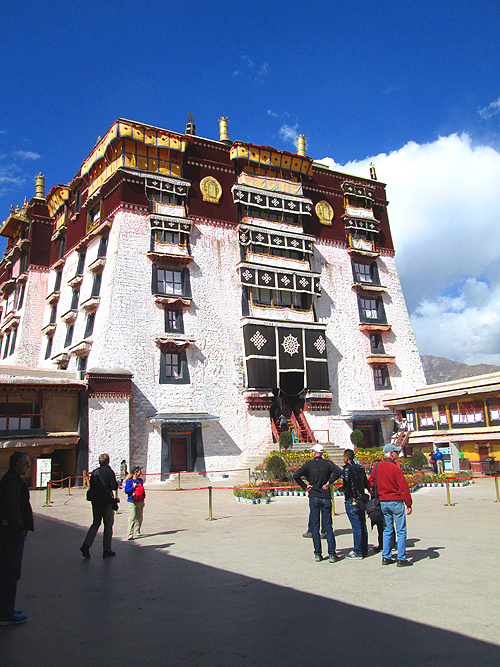
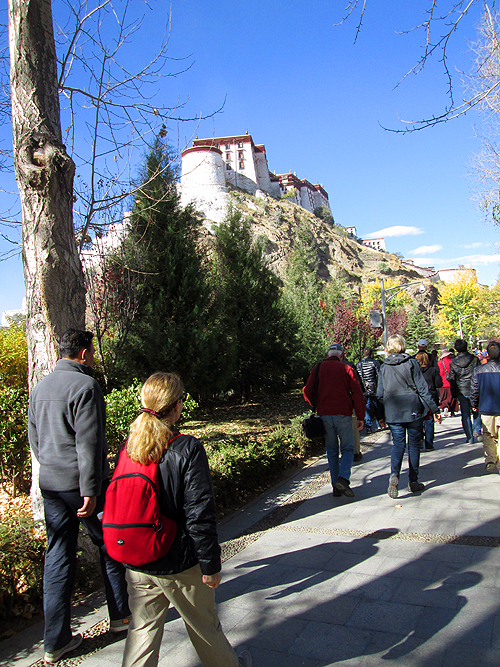
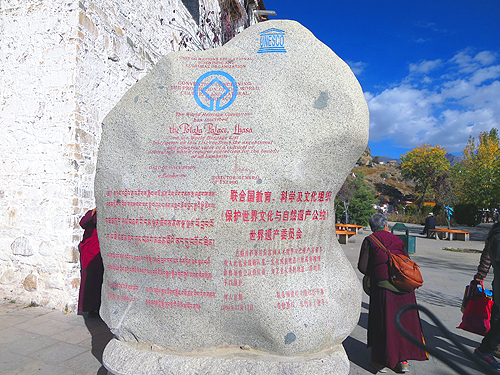
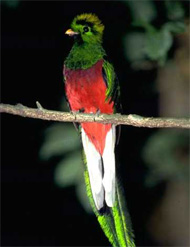 Let’s catch a quetzal—on camera that is. We can begin our hunt by hiking through the Monteverde cloud forest, on a California Native
Let’s catch a quetzal—on camera that is. We can begin our hunt by hiking through the Monteverde cloud forest, on a California Native 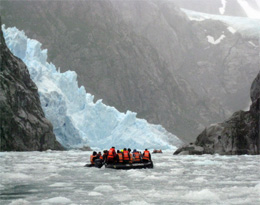 What is blue, white, frosty and cold? If you guessed a type of drink, try again! It is a glacier in Patagonia, and there are hundreds of them to see. The California Native scouting team was on our third trip to explore the area in March. This time we are developing a new itinerary for our adventures not only in Patagonia (Chile and Argentina) but also in other areas of the two countries.
What is blue, white, frosty and cold? If you guessed a type of drink, try again! It is a glacier in Patagonia, and there are hundreds of them to see. The California Native scouting team was on our third trip to explore the area in March. This time we are developing a new itinerary for our adventures not only in Patagonia (Chile and Argentina) but also in other areas of the two countries.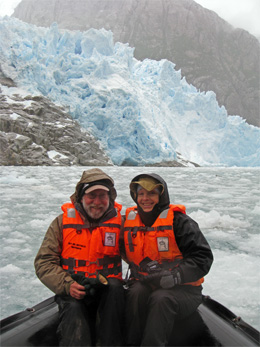 In the first of three weeks of travel in the region, we were able to set foot on Cape Horn (as far south as you can get without being in Antarctica), hiked an island in the Straits of Magellan, crunched our way up an ice field fjord in a zodiac, trekked in Torres del Paine National Park in the shadows of the snow-capped towers, visited the largest and the longest glaciers in Argentina, and even hiked up the glacier itself (crampons on!).
In the first of three weeks of travel in the region, we were able to set foot on Cape Horn (as far south as you can get without being in Antarctica), hiked an island in the Straits of Magellan, crunched our way up an ice field fjord in a zodiac, trekked in Torres del Paine National Park in the shadows of the snow-capped towers, visited the largest and the longest glaciers in Argentina, and even hiked up the glacier itself (crampons on!).